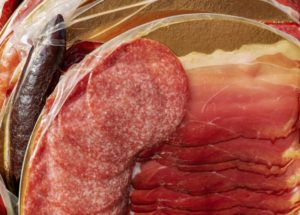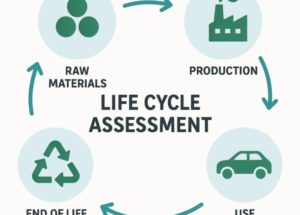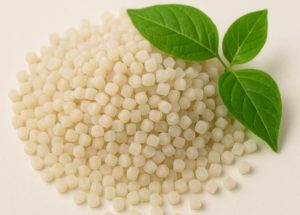May 23, 2025
Sealed to Perfection: The Hidden Science of Meat Packaging
Meat packaging impacts freshness, safety, and visual appeal, using film sealing, vacuum, and modified atmosphere methods to protect quality. Different meats need different solutions — like high-OTR films for fresh fish and controlled gas blends for red meat. Lighting affects both appearance and shelf life, so retailers balance visibility with color preservation. Consumer psychology matters […]
Read More +
May 21, 2025
This is Why LCAs Are Reshaping Food Industry Decisions
A life cycle assessment can help businesses reduce environmental impact, tracking effects from raw materials to end-of-life. It reveals trade-offs like material weight vs. emissions, enabling smarter packaging decisions. LCA drives innovation in reuse, recycling, and material sourcing across the supply chain. Sharing LCA results builds trust, aligning brands with sustainability goals and customer expectations. […]
Read More +
May 19, 2025
Aluminum vs. Plastic Packaging: Pros, Cons, and Real-World Considerations
Aluminum and plastic both have unique strengths — aluminum offers high barrier protection and recyclability, while plastics excel in light weight and design flexibility. Plastics typically have a lower carbon footprint during production and transport due to their lighter mass. Aluminum wins on reuse and infinite recyclability, but can require more energy to produce and […]
Read More +
May 16, 2025
Is PEF the Future of Fresh Food Packaging?
PEF food packaging delivers superior barrier properties — it blocks gases and moisture better than PET, extending shelf life. It’s fully bio-based and recyclable, offering a more sustainable alternative to fossil-fuel plastics. Adoption challenges include costs and supply, but pilot projects show real-world promise. PEF fits brand goals for freshness and sustainability, attracting forward-thinking food […]
Read More +
May 12, 2025
How Does Film Sealing Stack Up to Rigid Plastic Packaging?
Film sealing offers flexible protection, creating air-tight, tamper-evident pouches that conform to product shape. It’s lightweight and efficient, often using less material than rigid containers and reducing transport costs. Barrier properties vary, so film structure must match product needs (moisture, oxygen, puncture resistance). Rigid packaging wins on rigidity and stackability, but film sealing excels in […]
Read More +
May 08, 2025
PFAS in Food Packaging and Why You Can’t Afford to Ignore It
Forever chemicals (PFAS) have persisted in some packaging barriers, raising concerns over chemical migration into food. Use of PFAS-coated paper and fiber containers is declining, as brands move toward safer water- and oil-resistant alternatives. Testing, certification, and supply chain transparency are critical to ensure PFAS-free packaging. Innovative barrier solutions without PFAS — like bio-based coatings […]
Read More +
May 05, 2025
Your Food Packaging’s Impact on Environmental Sustainability
Environmental sustainability relies on smart packaging design, focusing on lightweight materials, recyclability, and lifecycle impact. Lightweight plastics reduce transport emissions, outperforming heavier options like glass or metal. Designing for recyclability — using mono-materials and clear labeling — boosts circularity and consumer participation. Full lifecycle thinking guides better choices: balancing resource use, end-of-life options, and food […]
Read More +
May 01, 2025
Why Your Food Business Can’t Afford to Stay Wrapped in Paper
Choosing between plastic or paper means weighing cost, performance, and sustainability trade-offs — paper is often pricier and less protective for fresh foods. Plastic offers superior barrier protection, reducing spoilage and food waste compared to paper wraps. Paper may lead to higher packaging and handling costs, and often lacks moisture resistance. Hybrid approaches (plastic lined […]
Read More +
Apr 28, 2025
Warning Signs When Selecting A Food Packaging Supplier
Packaging supplier warning signs include missing certifications, poor quality control, and resistance to audits, all of which signal misaligned priorities. Lack of traceability and inconsistent product quality across lots can lead to costly recalls or production delays. Unresponsive customer service or unclear ownership structure often means you won’t get support when issues arise. Proactive vetting […]
Read More +
Apr 24, 2025
The Bioplastics Gamble: Why Food Companies Need to Think Twice
Bioplastics in food packaging seem eco-friendly, but they often need special composting facilities and don’t always meet shelf-life or performance needs. Conversion challenges exist, including cost premiums, supply uncertainty, and uncertain end-of-life effectiveness. Some bioplastics still rely on food crops, raising sustainability and ethical concerns. Brands benefit by fully vetting bioplastic claims, testing performance, and […]
Read More +











